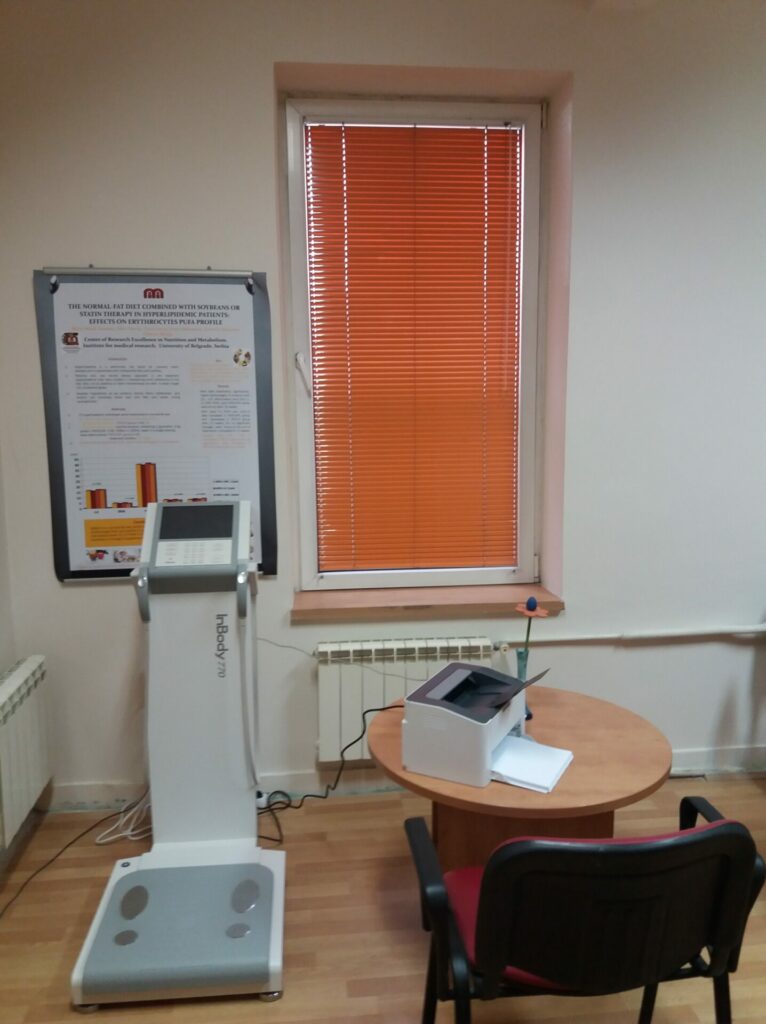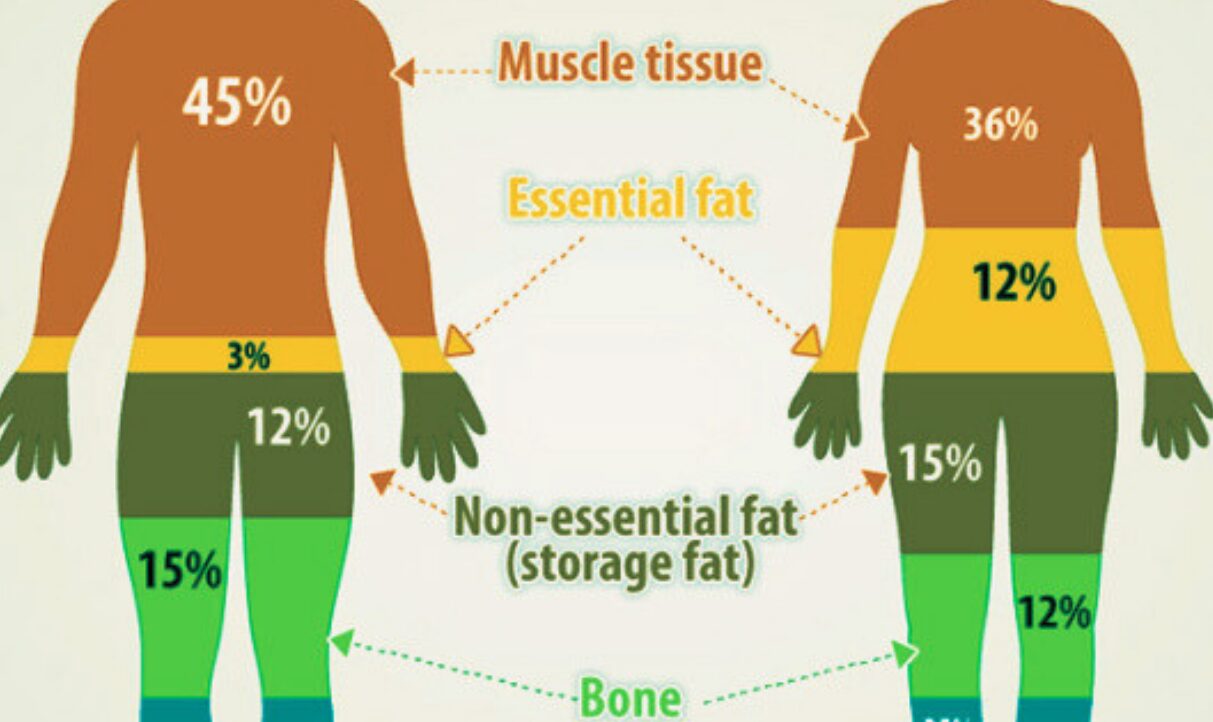In the modern world of fitness and a healthy lifestyle, tracking body composition has become a necessary step towards achieving and maintaining optimal health. Body composition refers to body fat mass, muscle mass, and water content in the body. Body composition analyzers provide a more detailed insight into the state of the organism and body composition than a simple scale can, allowing for a personalized approach to users, planning of training and diet, and tracking progress. In our Center, we use two of the most advanced body composition analyzers available on the market: InBody 770 and BiaAcc, which provide us with precise and detailed data about your body composition.
InBody 770: Detailed and Precise Analysis
The InBody 770 is one of the most advanced devices for body composition analysis. The high precision of the InBody 770 provides valid, reliable, and clearly displayed results. The measurement takes 60 seconds. You stand on the device and hold the hand electrodes. The InBody 770 is a research-class device that surpasses traditional body composition analysis and provides a deeper insight into body water. Only bioelectrical impedance is used to determine body composition without the use of empirical estimations, which means that the results are based solely on the individual measurements of the user. Some of the key parameters provided by the InBody 770 include:
1. Body Fat Mass and Lean Mass: Precisely determines fat mass (kg), muscle mass (kg), and water content (L) in the body.
2. Body Fat Percentage: Obesity is not just an excess of kilograms but also a high percentage of body fat, even if your body mass index is within the normal range.
3. Distribution of Body Fat and Muscle Mass: Shows a segmental analysis of fat and muscle for different parts of the body separately (arms, legs, trunk).
4. Visceral Fat: Measurement of visceral fat or abdominal fat is displayed graphically and is important for assessing the risk of cardiometabolic diseases.
5. Body Water Analysis: Segmental analysis of body water allows for more precise assessments of body water, including intracellular and extracellular water. It indicates the presence of edema and identifies changes in body water distribution resulting from injuries, aging, obesity, and other health factors.
6. Phase Angle: Determining the phase angle is considered a marker of overall health and nutritional status. A low phase angle indicates poorer nutritional status, a catabolic state, or the presence of chronic diseases. It is used to monitor nutritional interventions, identify the risk of malnutrition, and assess patient recovery.
Women who are on hormone therapy after breast cancer treatment often have a disrupted metabolism, reflected in altered body composition. Our devices enable tracking of these changes, and the introduction of dietary interventions or supplements can help mitigate these metabolic changes.



